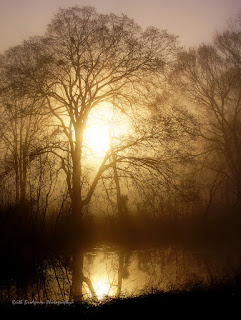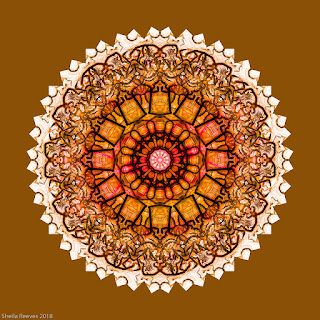
Submitted by Keith Bridgman
2018 was an eventful year for Sunny 16 with numerous outings attended by most of the members. Wonderful and informative lectures from guest speakers enlightened all. Small breakout groups were assembled to explore various avenues of photography and each of them were well attended, and members provided numerous video programs to showcase their efforts. We had award winners and exciting exhibits. We learned from, supported, and enjoyed each others company, and sadly, we lost one of our own. Rest in Peace Hack...you are missed.
2019 looms ahead of us and with its approach new challenges will dangle like the proverbial carrot on a stick in front of us. Projects are planned or are in their early stages of development and the club will once again take cameras in hand to explore what possibilities await us. I hope each of us takes time to reflect on the past year and contemplate what the new year might offer.
Photography is a creative activity and each of us possess a desire to express how we see nature and the world in general. We have residing within us a restless feeling...a feeling that drives us to see the world through a different set of eyes and to capture extraordinary visions of what we see. That restless drive guides us forward everyday to try new things and to perfect what we already know. How much we learn, how we grow as photographers and artists, is buoyed by this drive from within and uplifted by the encouragement we receive from our fellow club members.
I hope every club member will explore the new challenges and possibilities of the new year. We can create and share extraordinary images from our lives. I am excited to witness the new possibilities

















